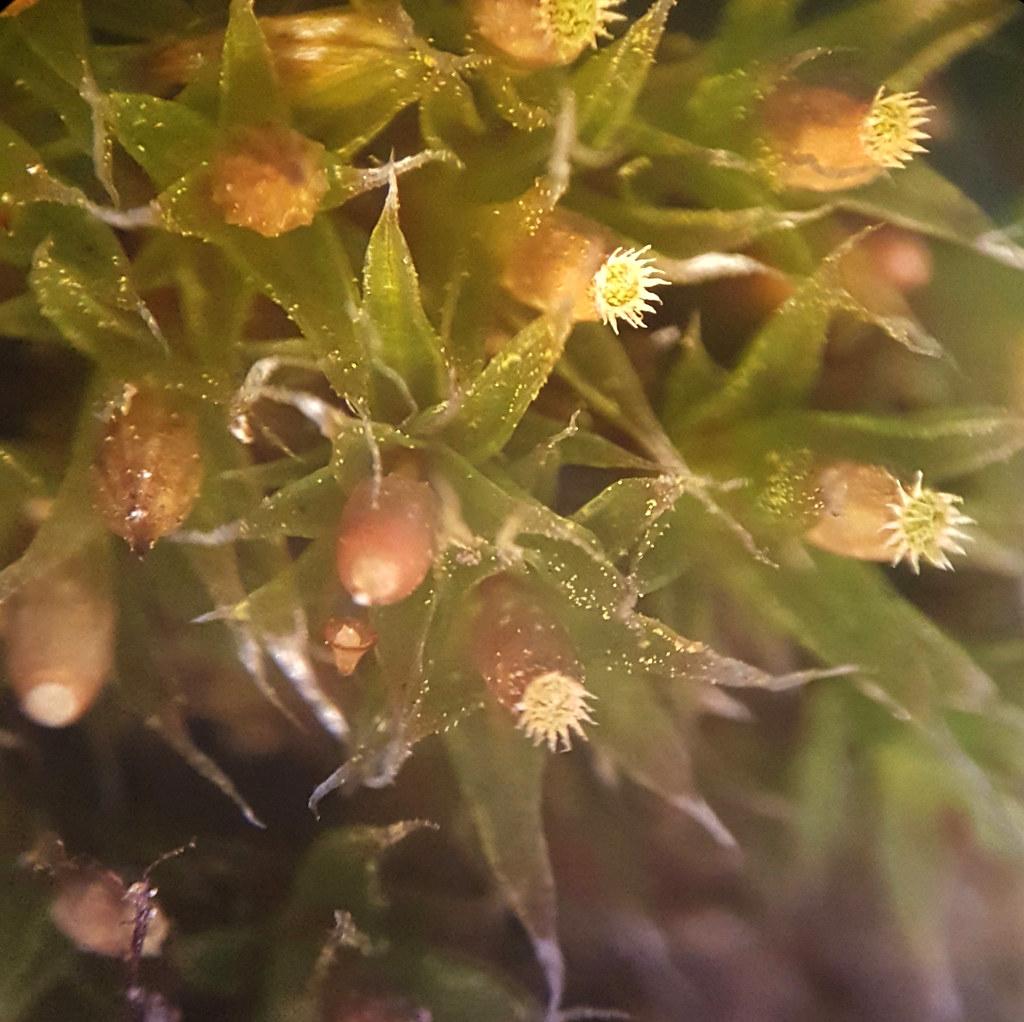
49791408678_e265614bc9_b.jpg from: https://www.flickr.com/photos/21657471@N04/49791408678/
Exploring the Fascinating World of Taxithelium Diaphanum Moss
Introduction
Mosses are often overlooked, but they play crucial roles in ecosystems around the world. One particularly interesting species is Taxithelium diaphanum (Broth.) Broth., commonly known as Taxithelium moss. This small but mighty moss belongs to the Pylaisiadelphaceae family and has some unique characteristics. Let’s dive in and learn more about this fascinating bryophyte!
Background on Mosses
Mosses are non-vascular plants in the division Bryophyta. Unlike other plants, they lack true roots, stems, and leaves. Instead, they have rhizoids that anchor them and absorb water and nutrients. Mosses reproduce via spores rather than seeds and are found in diverse habitats worldwide, from arctic tundra to tropical rainforests.
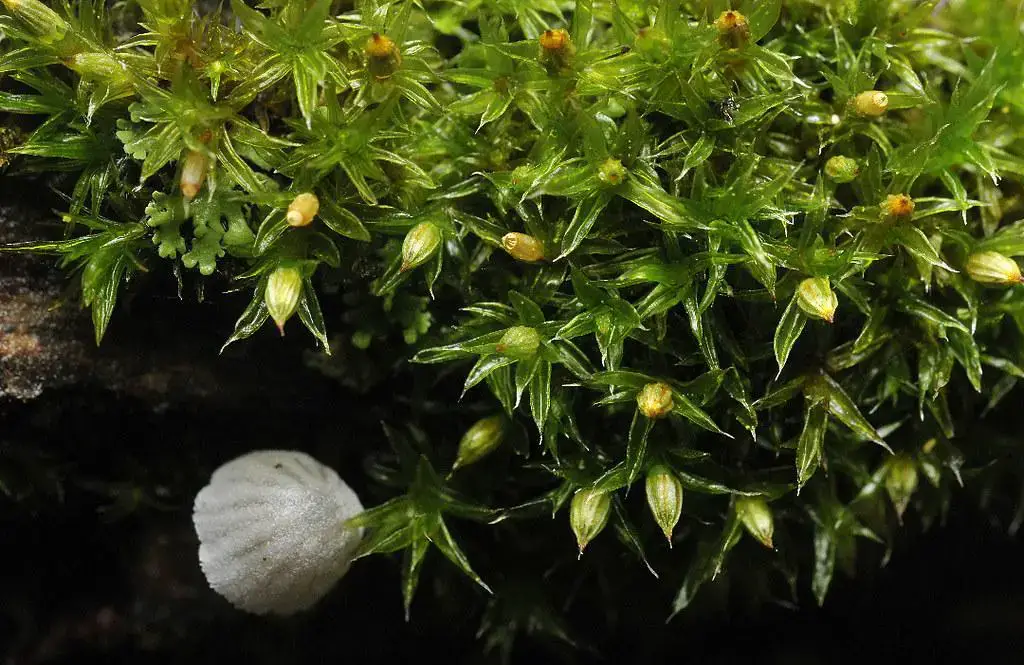
6243386742_d4fdb28a6a_b.jpg from: https://www.flickr.com/photos/gjshepherd/6243386742/
Morphology and Identification
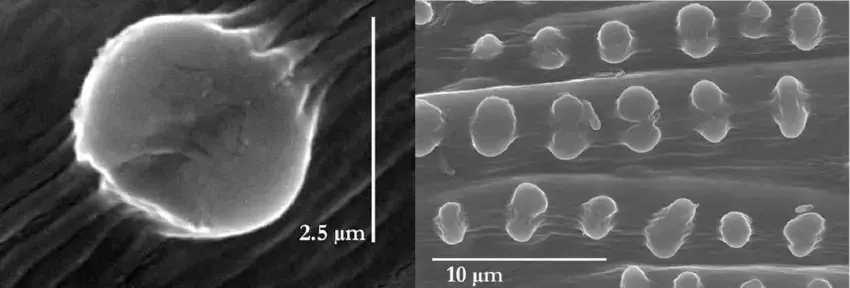
The-typical-baggy-papillae-present-in-subgenus-Taxithelium-and-when-such-papillae-form.png from: https://www.researchgate.net/figure/The-typical-baggy-papillae-present-in-subgenus-Taxithelium-and-when-such-papillae-form_fig2_261697502
Taxithelium diaphanum is a pleurocarpous moss, meaning it has a branching, feather-like growth form. Its stems can reach 3-5 cm long. The leaves are ovate-lanceolate, 0.7-1.2 mm long, and have a short, double costa (midrib). A key identifying feature is the diaphanous (translucent) leaf margins that give this species its name.
The leaf cells are elongate and prosenchymatous. Taxithelium produces sporophytes (spore-bearing structures) on short setae, with erect capsules. However, sporophytes are infrequent in many populations.
Global Distribution and Habitat
This moss has a pantropical distribution, found in tropical regions of the Americas, Africa, and Asia. It grows in lowland to montane forests, typically in shaded, humid microhabitats like tree trunks, decaying logs, and soil banks.
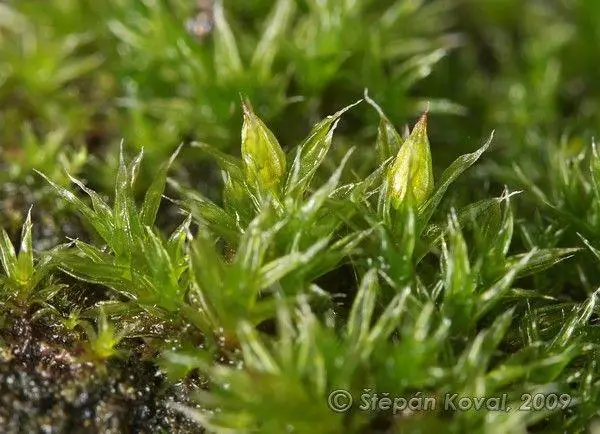
16e9af64ed9afedbe3d517451b316988.jpg from: https://www.pinterest.co.uk/pin/orthotrichum-diaphanum–205476801722395462/
Taxithelium diaphanum
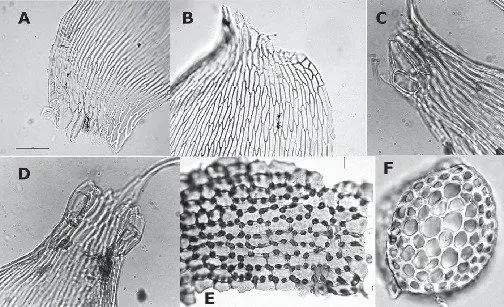
f01_07.jpg from: https://bioone.org/journals/systematic-botany/volume-36/issue-1/036364411X553081/A-Re-Circumscription-of-the-Moss-Genus-Taxithelium-Pylaisiadelphaceae-with/10.1600/036364411X553081.full
is especially abundant in the Amazon rainforest, where it forms extensive mats on the forest floor and lower tree trunks. It is an epiphyte, growing on other plants for support but not as a parasite.
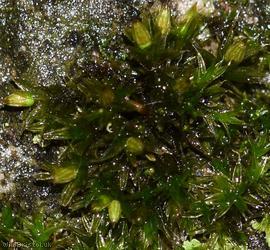
221120170702_DSC_0287.JPG.small.JPG from: https://wildbristol.uk/groups/ferns-horsetails-mosses-liverworts/white-tipped-bristle-moss/
Ecological Roles and Adaptations
Like other mosses, T. diaphanum plays important roles in its forest ecosystems:
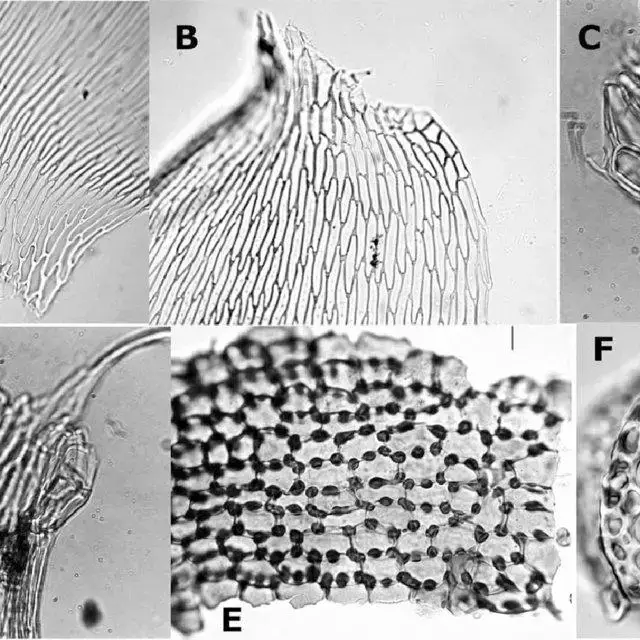
A-Poorly-developed-alar-cells-in-T-planissimum-400-B-Poorly-developed-alar-cells_Q640.jpg from: https://www.researchgate.net/publication/232683560_A_Re-Circumscription_of_the_Moss_Genus_Taxithelium_Pylaisiadelphaceae_with_a_Taxonomic_Revision_of_Subgenus_Vernieri
- Moisture retention: Moss mats absorb and slowly release water, regulating humidity and hydrology.
- Nutrient cycling: They trap organic debris and host nitrogen-fixing microbes, enhancing soil fertility.
- Microhabitats: Mosses provide shelter and foraging grounds for invertebrates and other small organisms.
- Carbon storage
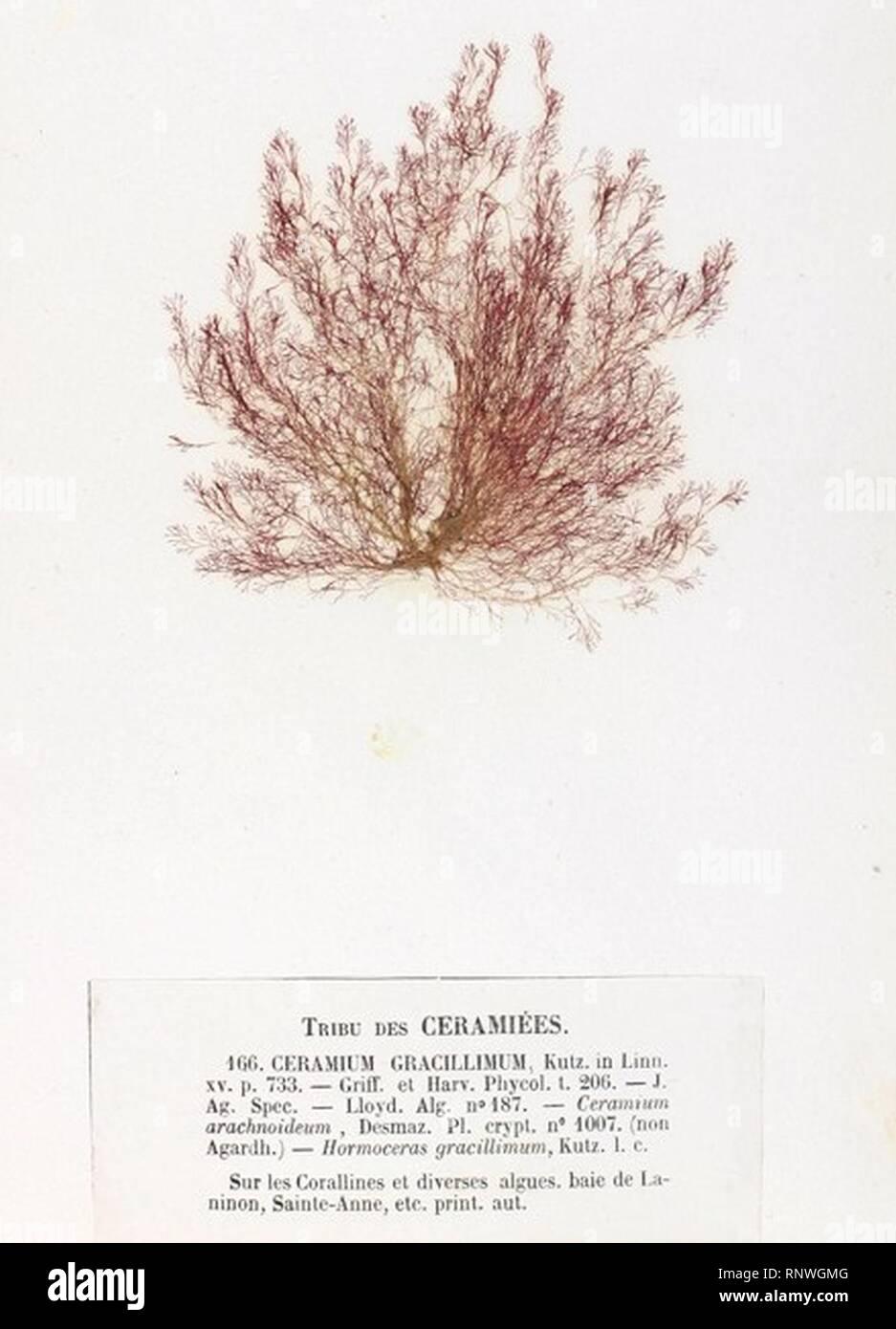
ceramium-diaphanum-1-crouan-RNWGMG.jpg from: https://www.alamy.com/ceramium-diaphanum-1-crouan-image237204480.html
: As they photosynthesize and grow, mosses sequester atmospheric carbon.

terrific-broth_1000ml_340071131.jpg from: https://www.qualitybiological.com/product/terrific-broth-4/
Taxithelium has adaptations for shaded, humid habitats:
- Thin, translucent leaves maximize light capture for photosynthesis
- Leaves arranged to funnel water and nutrients to the stem
- Rhizoids anchor the moss and absorb moisture from the substrate
- Tolerates low light levels on forest floors
Conclusion
Taxithelium diaphanum is a small but ecologically mighty moss of tropical forests. From its diaphanous leaves to its moisture-retaining mats, this species illustrates the fascinating adaptations and important roles of mosses. Next time you’re in the rainforest, take a closer look at the forest floor and appreciate the miniature world of
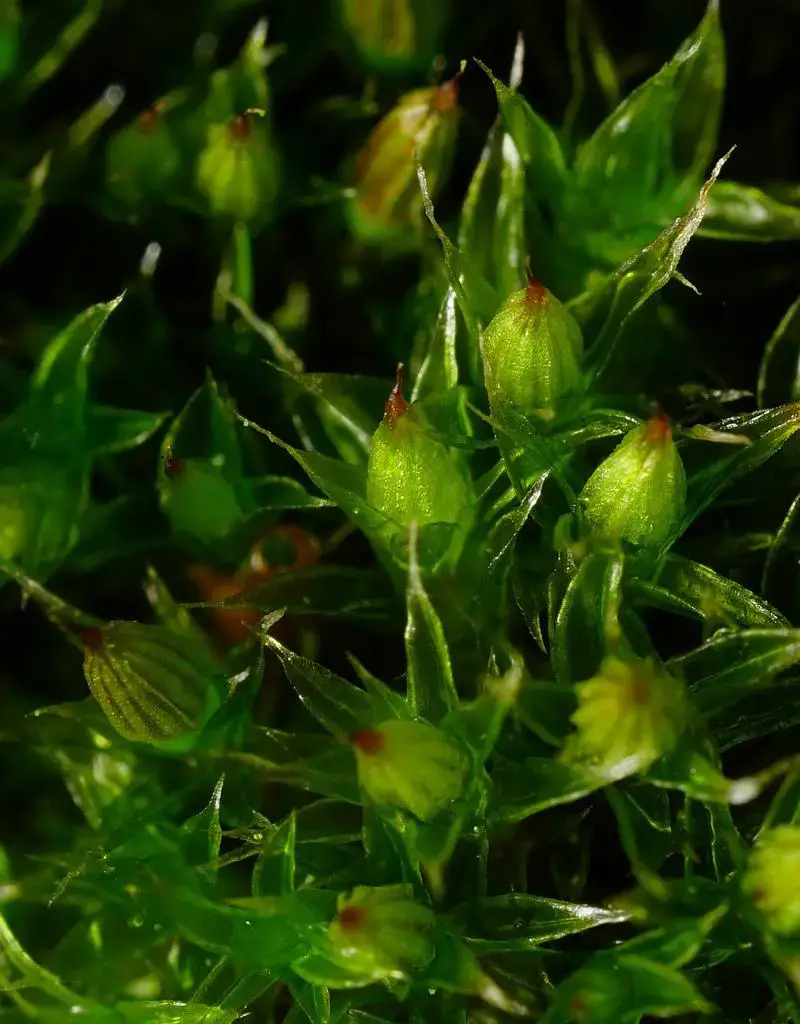
1108847.jpg from: https://www.bio-forum.pl/messages/3280/1108846.html
Taxithelium! What other secrets might these tiny plants hold?